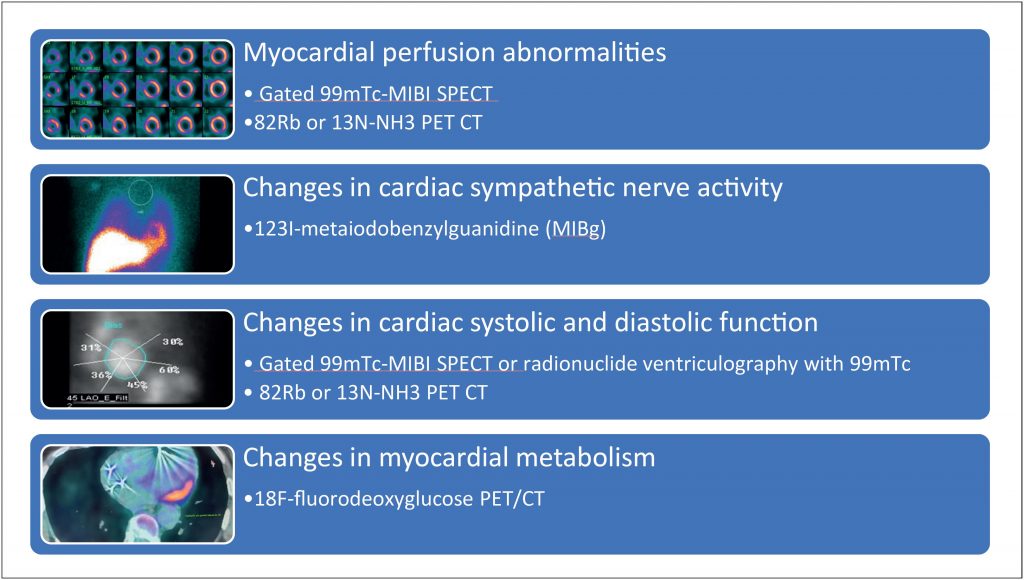Arq. Bras. Cardiol. 2022; 119(1): 109-110
Precision Medicine: Can 18F-FDG PET Detect Cardiotoxicity Phenotypes?
This Short Editorial is referred by the Research article "Chemotherapy-induced Cardiac18F-FDG Uptake in Patients with Lymphoma: An Early Metabolic Index of Cardiotoxicity?".
The publication of the article by Dourado et al. in the Arquivos Brasileiros de Cardiologia should be carefully considered by cardiologists engaged in Precision Medicine. In this study, the authors investigated the intensity of 2-deoxy-2[18F] fluoro-D-glucose (18F-FDG) myocardial uptake in 70 patients with lymphoma by positron emission tomography associated with computed tomography (PET/CT) scans before, during and after chemotherapy. They observed a progressive increase in glucose metabolism in the left ventricle from baseline PET/CT to interim PET/CT, and from interim PET/CT to post-therapy PET/CT. More than half of patients showed an increase of ≥ 30% in cardiac 18F-FDG uptake measured by left ventricular SUV max. The authors inferred that PET/CT is a reliable method to assess the intensity of 18F-FDG uptake in patients with lymphoma during and after chemotherapy. More importantly, the authors could identify a group of patients in which the metabolic effects of chemotherapy on the left ventricle were the greatest. These findings can contribute to a strategy for the early identification of patients who are more sensitive to cardiotoxicity of chemotherapeutic agents and for the definition of individualized preventive measures of irreversible myocardial damage.
Precision Medicine is commonly defined as an approach for disease treatment and prevention that takes into account individual variability and disease manifestation for each person. For this purpose, it is fundamental to clarify specific mechanisms of disease and key points for the implementation of effective interventions. This process is known as deep phenotyping, where endotypes, i.e., phenotypes underlying the common phenotype are identified, allowing a more effective guidance of therapeutic approaches.
[…]
Keywords: Positron Emission Tomography; Radionuclide Imaging; Toxicity
496

